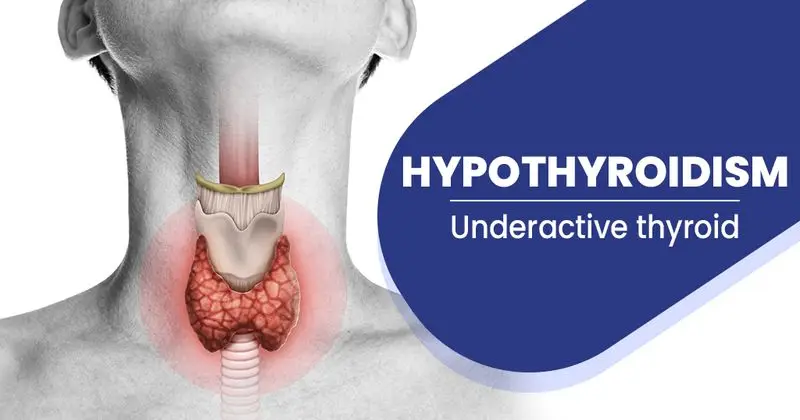Hypothyroidism Statistics
If a woman is facing irregular cycles, insomnia and fatigue, is it a hormonal balance or undiagnosed hypothyroidism? The answer to this is both.
The most recent studies estimate that 20 million Americans have some type of thyroid disorder and 1 in 8 women will likely have a thyroid disorder in her lifetime.
A more disconcerting statistic is that 90% of hypothyroidism is subclinical, meaning it goes undiagnosed because it is masked by birth control and thyroid medications that alleviate symptoms but do not treat the underlying root cause.
Functions of the Thyroid
The Thyroid Stimulating Hormone (TSH) from the pituitary gland in the brain signals the thyroid gland to produce thyroxine (T4) and small amounts of T3. T4 is converted to T3 by the liver and intestines and then distributed throughout the body for numerous functions. Reverse T3 stops the conversion of T4 to store for high stress, illness or injury situations.
If a low amount of T3 and T4 is detected, the hypothalamus tells the pituitary gland to release TSH.
If the thyroid levels are adequate and functioning properly, the thyroid regulates heart rate, cardiac output, respiratory rate, oxygenation, temperature regulation, muscle contraction, mood stabilization, food metabolism, cholesterol levels, intestinal movements, skin, hair and nail growth.
In addition, the thyroid impacts reproductive hormones that regulate ovulation and menses.
Dysfunctions of the Thyroid
If the thyroid levels are inadequate and not functioning properly, one can experience one or more ofthe following:
Fatigue, muscle weakness, insomnia, depression, anxiety, poor appetite, heartburn, constipation, difficulty losing weight, thinning of hair, dry skin, inability to focus, poor memory, compromised immune system, PMS, heavy, long and/or irregular periods.
Low Thyroid and Your Cycle
Because hypothyroidism influences menstruation and ovulation, it is important to track your cycle to detect approximate ovulation, length of the phases of your cycle before and after ovulation and bleeding patterns during menstruation.
The follicular phase is the phase of the cycle up to ovulation. The length of the follicular phase should be 11-23 days in length. This is the most variable part of the cycle for most women, but follicular phases greater than 23 days can be a sign of hypothyroidism.
The luteal phase is the phase of the cycle after ovulation and is the most constant cycle to cycle for women who have a healthy ovulation cycle. The average length of the luteal phase should be 11-17 days. If a woman is experiencing a variable luteal phase that is less than 11 days or greater than 17 days, this could be pointing to hypothyroidism.
Another sign of hypothyroidism is unhealthy bleeding patterns. Normal bleeding patterns for a healthy ovulation cycle should be 3-7 days and at least two days of heavy or medium bleeding. Heavy bleeding for more than 2 days or brown bleeding after menstruation could be a sign of hypothyroidism.
TCMC Hormonal Health Education Resources
TCMC offers programs like FEMM education empowering women to achieve hormonal health through charting their cycles while working side-by-side with a medical professional who will help them significantly improve their overall health.
To consult with a certified fertility education instructor, call 858-397-1970 or email [email protected]
Thyroid Dysfunctions and Your Fertility: How FAMs Can Help You Get to the Bottom of Hypothyroidism





